As the warmer months approach, many of us will face a common trouble: wasps, especially when they decide to build nests close to our homes. To keep these pesky insects away without using chemical products or expensive pest control services, one popular solution is wasp nest decoys. But do these decoys really work, and are they worth the investment?
In this article, we will learn about the behavior of wasps, the functionality of wasp nest decoys, their effectiveness, and alternative methods for wasp control.
Understanding Wasps Behaviors
Understanding wasps’ behaviors can help us to better manage these insects and find effective ways to keep them away.
Wasps are a diverse group of insects that can be categorized as solitary or social. Social wasps, such as yellow jackets and paper wasps, are territorial insects that build nests to house their colonies. They build nests from chewed wood fibers mixed with saliva, creating a paper-like material that is both durable and lightweight.
Most wasps are not aggressive unless they are disturbed, and they will defend their nests fiercely if threatened. Don’t try to hit their nests, or you may get stung painfully and even allergic reactions.
Wasps are particularly active during the warmer months and are attracted to sweet foods, garbage, and standing water. So, you should know that it is important to dispose of garbage properly, eliminate any sources of standing water, and keep the surroundings of your house clean.
How Wasp Nest Decoys Work?
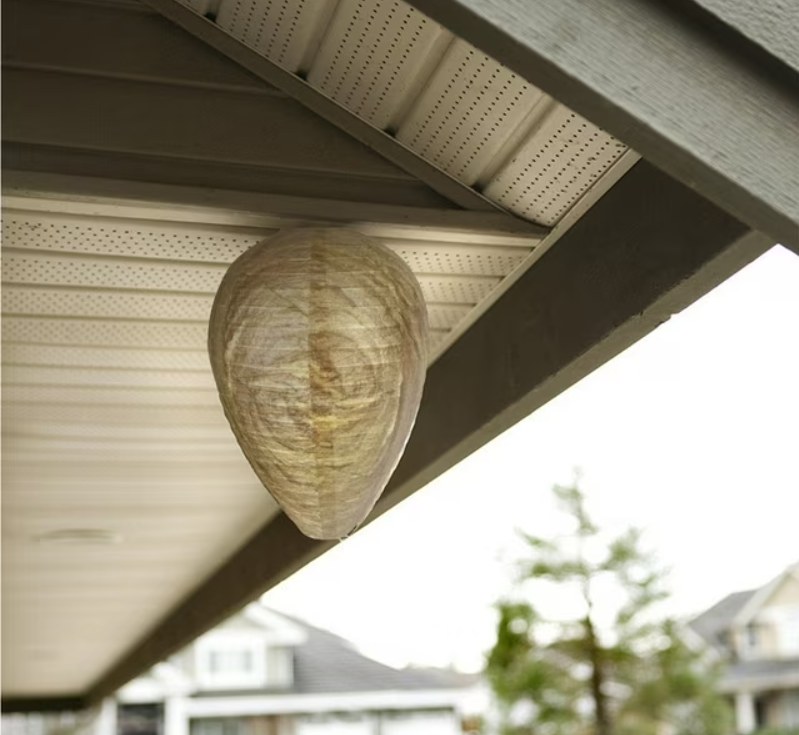
The concept behind wasp nest decoys is simple. These decoys are designed to mimic the appearance of an actual wasp nest, using size, shape, and color to convince wasps that the area is already occupied.
Since wasps are territorial insects, they will avoid nesting in areas where another colony is already there.
You just need to hang the fake nest on your porch or eave, and it will keep the wasp away.
Debates On The Effectiveness of Wasp Nest Decoys
The effectiveness of wasp nest decoys remains a topic of debate. While some users said that fake nest decoy is an effective way to repel wasps, others reported different results.
Based on research, there are limited scientific studies supporting the effectiveness of decoys, but sound evidence suggests that they can be effective under certain conditions.
There are a few factors affecting decoy effectiveness:
- Timing: We should install a decoy early in the spring when queen wasps are scouting for nesting sites. This gives the decoy the best chance of working.
- Placement: Strategic placement is key. Wasp decoys should be hung in areas where they are likely to nest, such as eaves, near garbage cans, or around pools.
- Lifelike: The more realistic the decoy, the better its chances of success. Decoys that closely mimic the size, shape, and color of real wasp nests are more likely to be effective.
We can see some great results when using the decoys. However real-world results may vary. Some people said that wasps may still build nests close to artificial ones or even on top of them.
For instance, paper wasps often construct new nests near old ones without hesitation. Additionally, some species prefer to build their nests near existing ones or fake ones, believing that the area has abundant food sources.
We should know that fake nests may provide some deterrent effect for social wasps, they are not foolproof solutions for all species.
If it is not working for the species around your house, you should combine multiple strategies for effective pest management.
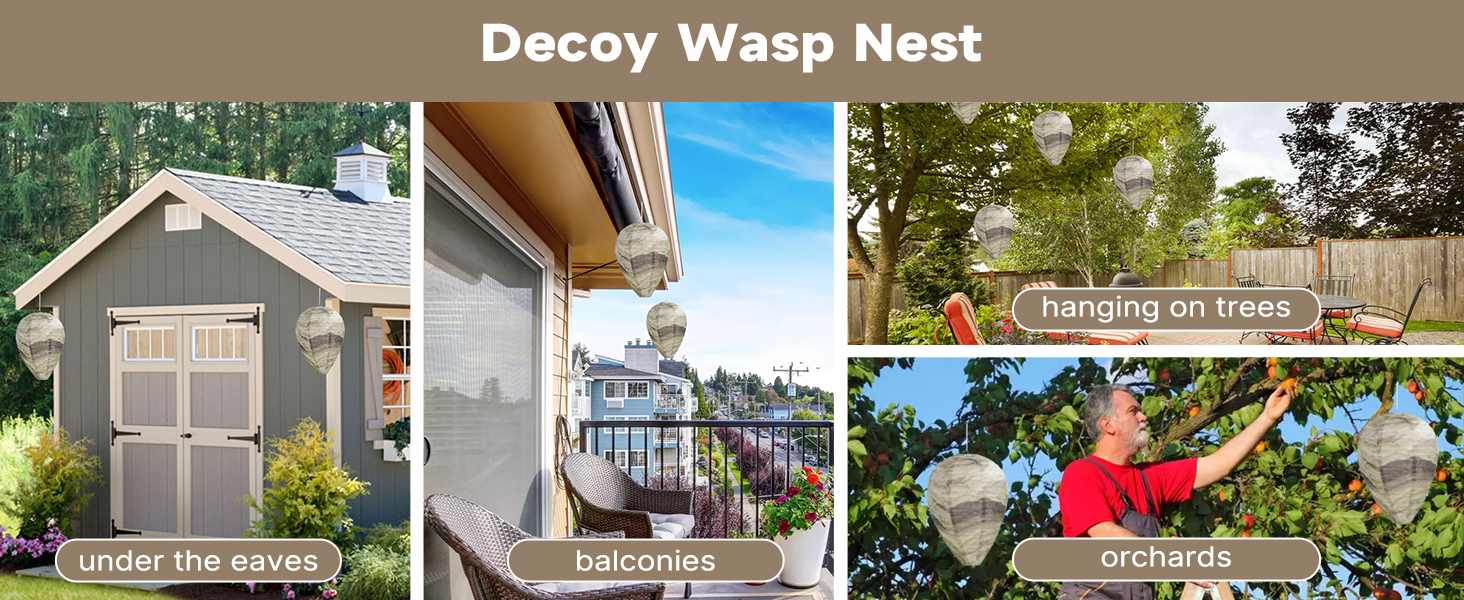
Using the Kalkal wasp nest decoys to protect the houses
How to DIY a Fake Wasp Decoy?
If you’re interested in trying out a DIY fake wasp nest before buying one, here’s a simple guide:
Material you will need:
- Brown paper bags or newspaper
- Bubble wrap or other fillers
- Scissors
- String or twine
- A sturdy stick or wire for hanging
Step-by-step Instructions:
- Open the paper bag and squish the bottom to make it wrinkly and give it a funky shape.
- Add a handful of gravel to the bottom of the bag to weigh it down and prevent it from blowing away in the wind.
- Insert the bubble wrap or filler into the bag, pushing it down to the bottom.
- Bunch up the top of the bag and twist it tightly to close it. Use a plastic tie or string to secure the closure.
- Squeeze and wrinkle the bag to give it a rough texture. You can also paint it to make it look like a natural wasp nest
- Hang the fake nest outside on a porch at least 6-10 feet off the ground in shaded areas.
Alternatives Ways to Wasp Nest Decoys
While wasp decoy nests can be effective, they are not the only solution for keeping wasps away. Here are some alternative methods that can help:
Natural Repellents
If you want to keep wasps away, there are a few simple tricks you can try. Such as natural repellents, they are a safe and environmentally friendly way to deter wasps.
Plants like basil, mint, and marigolds are known to repel wasps and you can plant them around your home. Additionally, essential oils such as peppermint, clove, and lemongrass can be used to create a natural barrier against wasps.
Wasps don’t like strong coffee smells, so placing used coffee grounds in a container on your balcony can help deter them. Another effective method is to mix lemon slices with cloves. This combined scent can make wasps feel uncomfortable and encourage them to leave.
DIY a Trap
If you want to trap them, you can make a simple wasp trap using a 2-liter soda bottle. Cut off the top of the bottle, invert it into the bottom just like a funnel, and secure it with a stapler. Then, put some honey or sugar inside to attract the wasps. The bottle design will make it difficult for them to escape.
Wasp-Free Environment
Creating a clean environment can also help keep wasps away. Removing food sources like sweet and sugary items, sealing entry points to your home, and using ultrasonic pest repellents can all contribute to a wasp-free environment.
Regularly inspect your property for potential nesting sites and address them before they become a problem.
Professional Help
If you have a severe wasp infestation, consider calling a professional pest control service. These experts are trained to handle wasp nests safely and effectively, minimizing the risk of stings.
They can assess your house and offer the best course of action. Additionally, professionals can provide valuable advice on preventative measures to ensure wasps don’t return in the future, giving you peace of mind and a safer outdoor space.
What to Do if Stung by a Wasp?
If you do get stung by a wasp, don’t panic. First, keep calm and avoid making sudden movements, as this can provoke the wasp further. It will make the wasps think they are being attacked. Wasps are vindictive creatures, and anyone who attacks them will suffer their revenge.
To ease the pain, try placing lemon or onion on the sting site for relief. Cool gels and anti-inflammatory creams can also help soothe the area and speed up healing.
It’s important to check for any allergic reactions. If you experience severe swelling, difficulty breathing, or other unusual symptoms, you need to seek medical attention immediately.
Remember, the best way to avoid wasp stings is to respect their space and not provoke them.
Conclusion
Keeping wasps away from your home doesn’t have to be complicated or expensive. While there is some debate regarding the effectiveness of wasp nest decoys, it is still worth trying.
The best way is to combine various strategies – decoys with natural repellents and environmental modifications, then you can create a wasp-free environment that is both safe and pleasant. Check out the Kalkal wasp decoys to resolve your problem!
Wasp Control Q&A Section
Q1: How do I know if a wasp nest decoy is working?
A: If the decoy is working, you should see a reduction in wasp activity around the area where the decoy is placed. However, it may take some time for the wasps to recognize the decoy as a threat.
Q2: Do fake wasp nests keep yellow jackets away?
Fake nests can deter some species of social wasps due to their territorial nature; however, results may vary based on environmental factors and specific species involved.
Q3: Can I use a wasp nest decoy indoors?
A: While decoys are primarily designed for outdoor use, you can place them in sheltered areas like garages or porches to prevent wasps from entering.
Q4: What if the decoy doesn’t work?
A: If the decoy doesn’t work, consider trying alternative methods such as natural repellents or calling a professional pest control service.
Q5: How often should I replace my wasp nest decoy?
A: It’s recommended to replace your decoy in several months to ensure it remains effective. Over time, the decoy may lose its realism, reducing its effectiveness.
Q6: How can I keep wasps from building nests?
A: Effective methods include sealing entry points around your home, removing food sources, using traps, and hanging decoy nests during early spring.


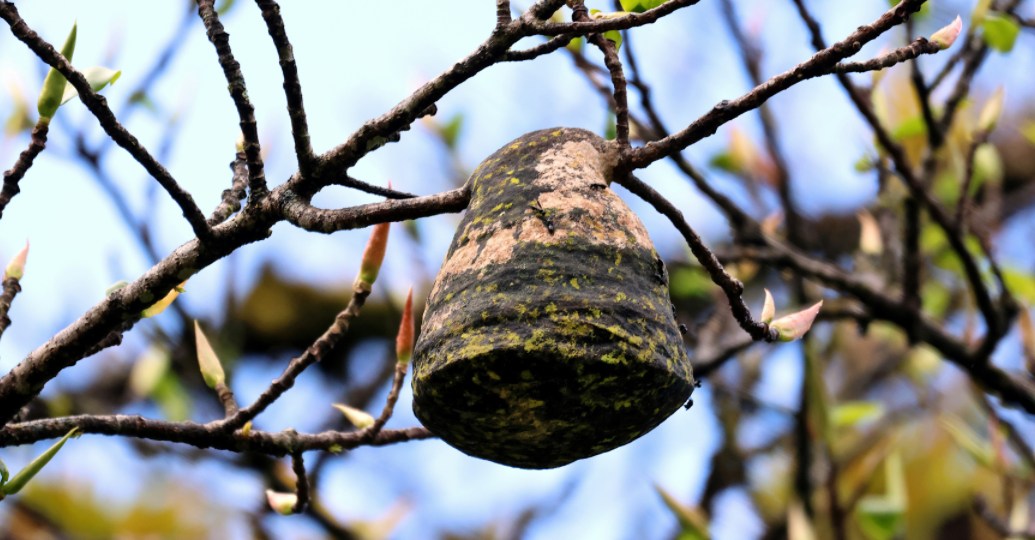
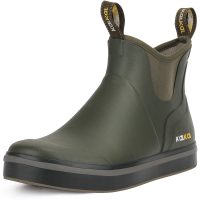
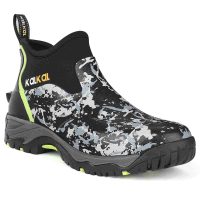

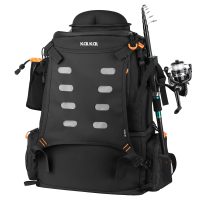



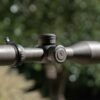
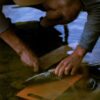
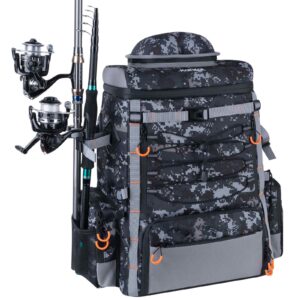
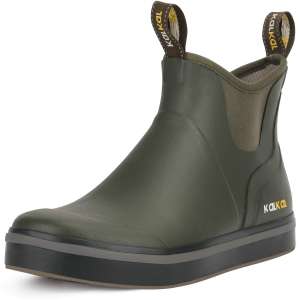
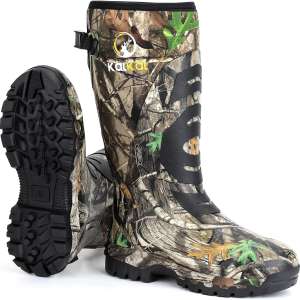
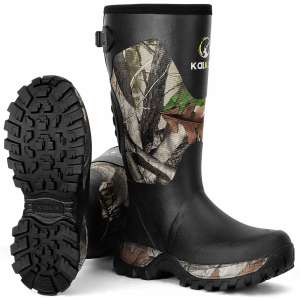
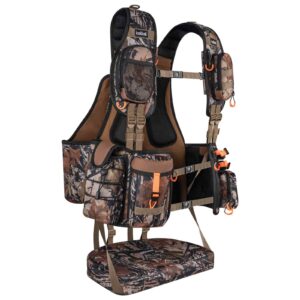



Leave a reply